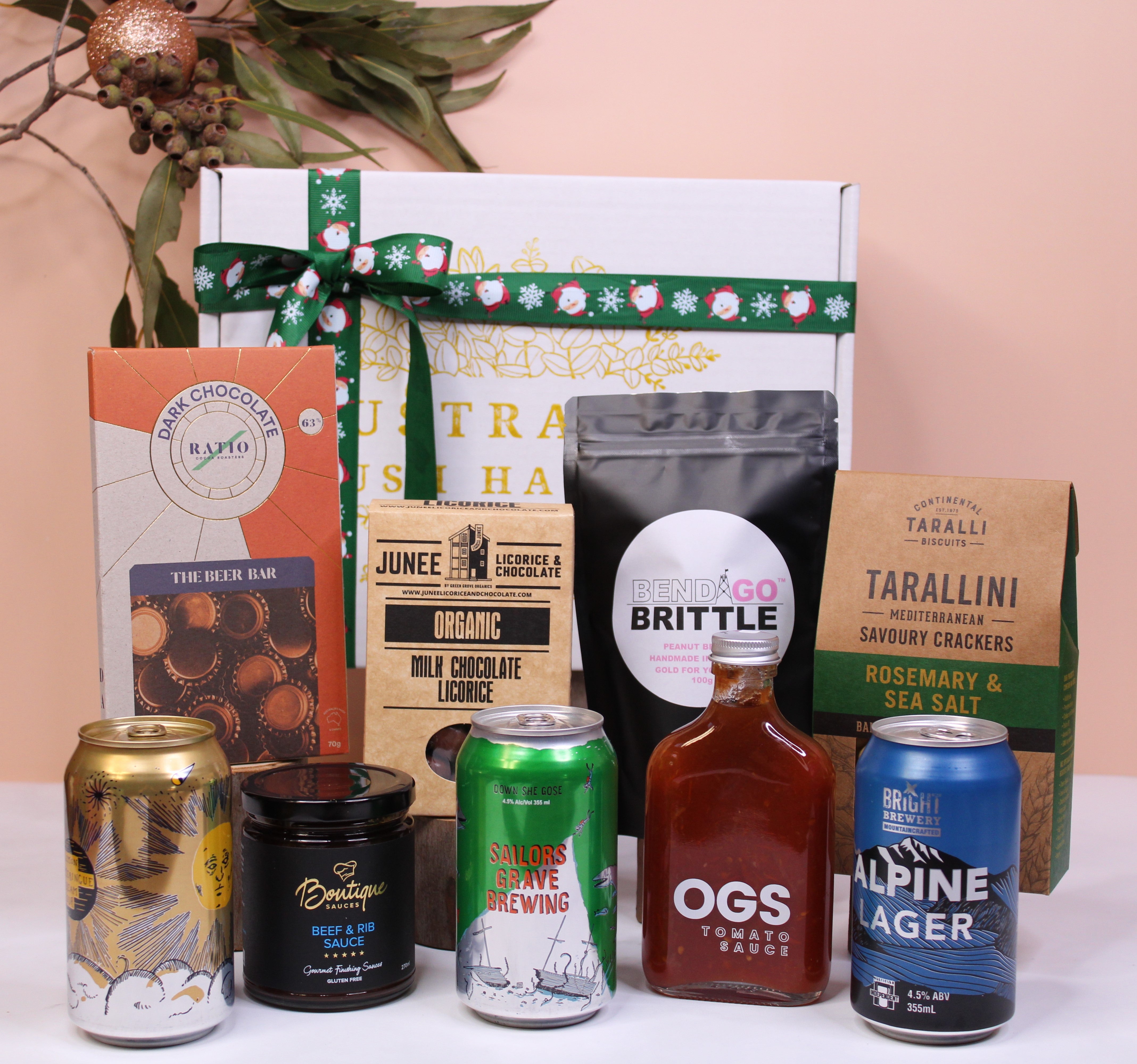When you first open a box of your favorite snack, you might wonder, where to find the most sustainable packaging options that can keep your product safe while also keeping the planet happy? In a world where every product is wrapped in a story, the packaging you choose can either be a hero or a villain. This article will walk you through the maze of materials, suppliers, certifications, and practical tips that help you spot the truly eco‑friendly choices. We’ll sprinkle in a little humor, a dash of real‑world wisdom, and a few rhetorical questions to keep you engaged.
Understanding What Makes Packaging Sustainable
Life Cycle Assessment: From Birth to Rebirth
A packaging’s environmental impact isn’t just about the raw material; it’s about the entire journey—from extraction to disposal. The life cycle assessment (LCA) is the compass that guides manufacturers and consumers alike. It considers energy use, emissions, water consumption, and potential for recycling or biodegradation. A product with a low LCA score is like a well‑trained marathon runner: efficient, resilient, and ready to finish strong.
Key Materials That Score High on the Green Scale
When you’re hunting for sustainable packaging, keep an eye on these materials:
- Recycled paper and cardboard – 90% of the fibers can be recycled, reducing the need for virgin pulp. Biodegradable polymers (PLA, PHA) – derived from corn starch or sugarcane, they break down in composting facilities. Plant‑based fibers (bagasse, hemp) – strong yet lightweight, cutting down on transport emissions. Reusable containers – glass or metal can be returned and refilled, extending the product’s life.
Top Sources for Sustainable Packaging
Industry Directories and Marketplaces
Online platforms have become treasure maps for eco‑friendly packaging. Look for directories that curate suppliers based on sustainability criteria. Some popular ones include:


- EcoPack Direct – a portal that filters by material type and certification. SustainPack Marketplace – features user reviews and environmental impact scores. GreenSupplier Hub – offers a comparison tool to evaluate cost vs. sustainability.
Eco‑Focused Manufacturers and Their Offerings
Several manufacturers specialize in green packaging. Here’s a quick snapshot:
- GreenPrint – specializes in recycled paper with custom embossing. BioPack Solutions – offers a range of biodegradable plastics for food service. HempHoldings – produces durable, plant‑based packaging for cosmetics.
These companies often provide detailed data sheets, including LCA results and certifications, making it easier to compare apples to apples.
Local and Regional Suppliers: The Neighborhood Advantage
Sometimes the best options are closer than you think. Local suppliers reduce transportation emissions and often have a better grasp of regional recycling infrastructure. Check:
- Local trade shows Chamber of commerce listings Community forums and eco‑initiatives
> “Sustainability is not a trend; it’s a responsibility.” – Anonymous
Certifications and Labels That Matter
Global Standards You Should Know
Certifications act like passports, proving that a product meets certain environmental standards. Key global labels include:
- ISO 14001 – environmental management systems. Forest Stewardship Council (FSC) – ensures paper comes from responsibly managed forests. OEKO-TEX Standard 100 – guarantees no harmful substances in textiles and packaging.
Regional Certifications Worth Checking
Different regions have their own green labels. In the EU, look for the EU Ecolabel; in North America, the USDA Organic certification can apply to packaging materials derived from organic sources.
Cost, Performance, and Practicality: The Triple Bottom Line
When evaluating packaging, remember that cost, performance, and practicality must balance like a well‑tuned orchestra. Here’s a quick checklist:
- Durability – Will it protect the product during shipping? Weight – Lighter materials reduce fuel consumption. Consumer appeal – Does the packaging convey your brand’s green values? Supply chain compatibility – Can your existing logistics handle the new material? End‑of‑life options – Is it recyclable, compostable, or reusable in your local system?
Bullet Points: Quick Decision Guide
- ✔️ Material aligns with brand sustainability goals. ✔️ Supplier offers transparent LCA data. ✔️ Packaging meets at least one recognized certification. ✔️ Cost is within budget after factoring in potential savings from reduced waste.
Real‑World Success Stories
Consider the journey of EcoBite, a small snack company that switched from conventional plastic to a plant‑based wrapper. Their founder, Maya, recalls, “We were skeptical at first, but the packaging’s lightness cut our shipping costs by 12%, and the customers loved the ‘green’ badge.” The result? A 30% increase in sales and a new loyal customer base that values sustainability.
Another example is PureGlow Cosmetics, which partnered with a local hemp packaging supplier. The switch not only reduced their carbon footprint but also allowed them to market a “zero‑plastic” line that won a regional green award. These anecdotes illustrate that sustainable packaging isn’t just good for the planet—it can also boost your bottom line.
Making Your Selection Count
Choosing the right packaging is like picking the right pair of shoes: it should fit your brand, your product, and your customers’ expectations. Start by defining your sustainability goals—whether it’s reducing carbon emissions, cutting plastic use, or improving recyclability. Then:
Audit your current packaging to identify pain points. Research suppliers using the directories and certifications mentioned above. Request samples and test for durability and consumer perception. Calculate the total cost of ownership, including potential savings from lighter weight or reduced waste. Launch a pilot with a small batch before a full rollout. Remember, the goal isn’t just to find any sustainable option but the one that best aligns with your mission Australian made products and market. As you move forward, keep Free shipping Australia the conversation alive with suppliers, customers, and internal stakeholders. Sustainability is a journey, not a destination—each step forward is a stride toward a healthier planet.By following these guidelines, you’ll be well on your way to discovering where to find the most sustainable packaging options and implementing them in a way that benefits both your business and the world. Now, go ahead—take that first step, and let your packaging be the green handshake that welcomes your product into the world.